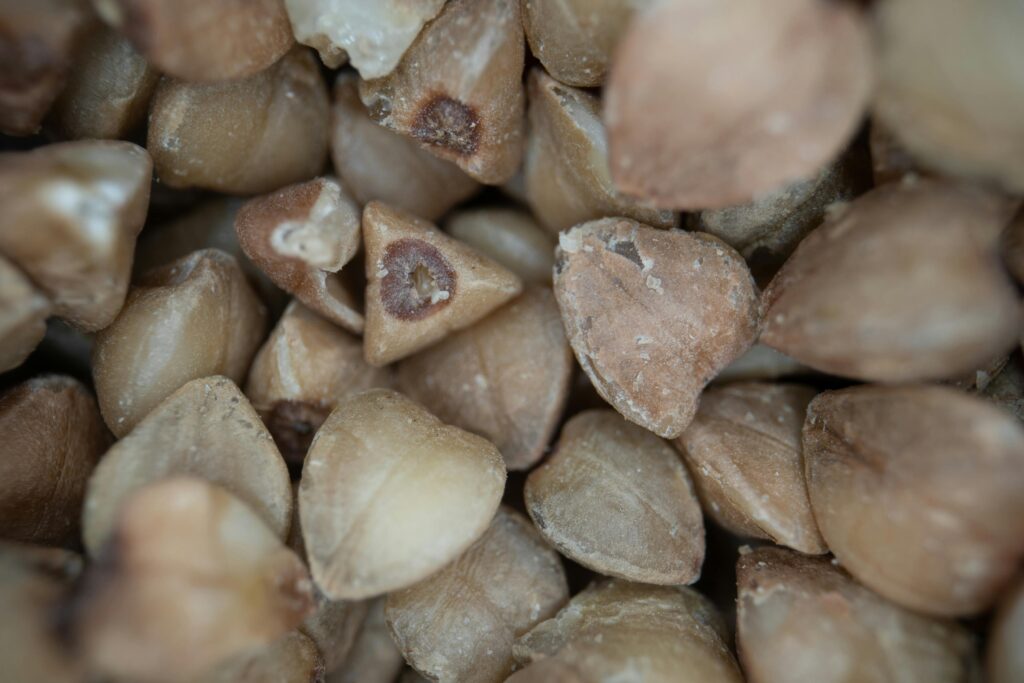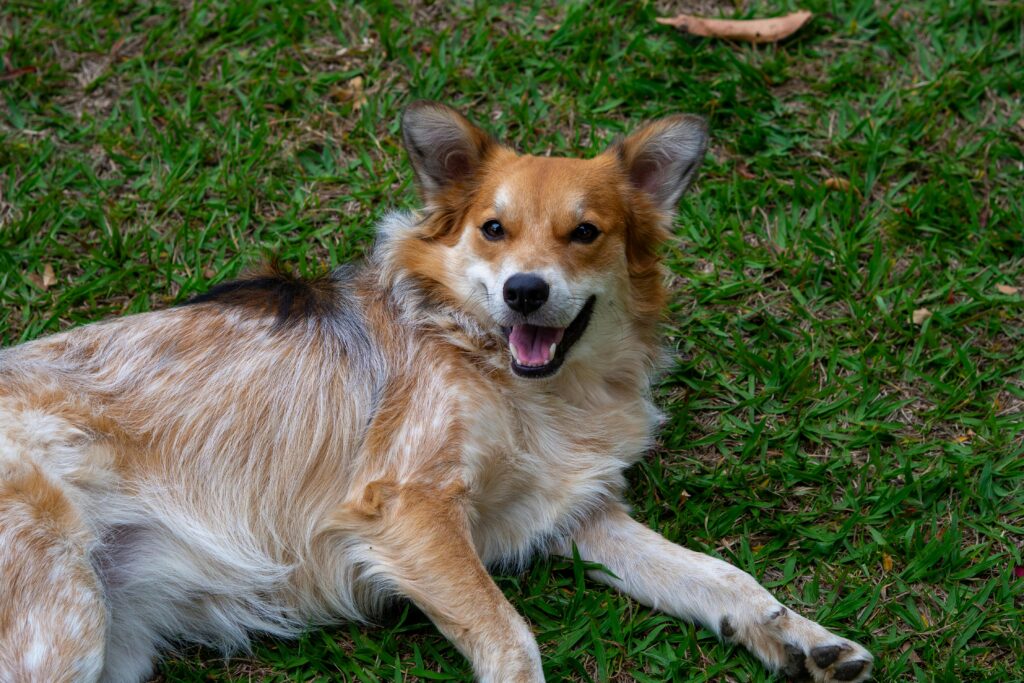As dog parents, we want to make sure our pups are safe and happy, but sometimes there are hidden dangers in places we wouldn’t expect. One such danger is foxtail grass, which can cause some serious problems for our furry friends. In this post, we’ll talk about what foxtail grass is, why it’s harmful to dogs, and what you can do to keep your pup safe.
What is Foxtail Grass?
Foxtail grass is a type of plant that grows in many areas, especially in warm, dry climates. It’s easy to spot because it has long, spiky seed heads that look a lot like a fox’s tail (hence the name!). While it might seem harmless, foxtail grass can cause some serious issues for your dog, especially when the seeds get stuck in their fur or paws. These seeds are barbed, which means they can easily get lodged in your dog’s body and cause damage.
How Does Foxtail Grass Affect Dogs?
Foxtail grass can be dangerous to dogs in a few different ways. The barbed seeds are designed to burrow into things, and unfortunately, your dog’s fur, skin, or even internal organs can end up being the target. Here are some of the most common issues foxtail grass can cause:
1. Infections and Abscesses
When the seeds get stuck in your dog’s skin, they can cause painful infections or abscesses. Your dog’s body tries to push out the foreign object, but the seeds are tricky to remove on their own. This can lead to swelling, pain, and possible infection, which may require a visit to the vet to clear up.
2. Respiratory Problems
If a dog accidentally inhales a foxtail seed, it can cause a lot of discomfort. The seed might get stuck in their nose or throat, leading to coughing, sneezing, and trouble breathing. In some cases, this can lead to a serious infection in the lungs, which could need veterinary care.
3. Eye Damage
Foxtail seeds can also get into your dog’s eyes. When this happens, it can cause irritation, redness, and pain. If not treated, it can lead to infections or even permanent eye damage. Watch for signs like squinting or excessive tearing, as these can indicate a foxtail seed in the eye.
4. Ear Infections
Dogs with floppy ears are especially at risk of foxtail seeds getting lodged in their ear canals. These seeds can cause irritation and painful infections in the ears, which may make your dog shake their head or scratch at their ears. If left untreated, this can lead to more severe ear problems.
5. Urinary Tract Infections
Though rare, foxtail seeds can sometimes end up inside your dog’s urinary tract if they swallow or inhale them. This can cause pain, blood in the urine, and a urinary tract infection. If you notice your dog is having trouble urinating or seems to be in pain, this could be a sign of a foxtail issue.

Signs to Look For
If your dog has come into contact with foxtail grass, keep an eye out for any unusual behavior or symptoms. Here are some signs that could indicate your pup has been affected:
- Pawing or licking a certain area, especially the ears, eyes, or paws
- Squinting or excessive tearing in the eyes
- Coughing, sneezing, or nasal discharge (if they inhaled a seed)
- Head shaking or pawing at the ears
- Swollen or painful areas on their body
- Difficulty urinating or signs of a urinary infection (blood in the urine or straining)
How to Keep Your Dog Safe from Foxtail Grass
Luckily, there are some easy ways you can protect your dog from foxtail grass and its dangers:
- Avoid Areas with Foxtail Grass If possible, steer clear of walking your dog in areas where foxtail grass grows. This includes overgrown fields or tall grassy areas, especially in the warmer months when foxtail is in season. Choose well-maintained parks or walking paths to reduce the risk of exposure.
- Keep Your Yard Trimmed If you have foxtail grass growing in your yard, it’s a good idea to mow it regularly before it goes to seed. Keeping the grass short can prevent seeds from spreading and help keep your dog safe at home.
- Check Your Dog After Walks After every walk, take a moment to check your dog for any foxtail seeds stuck in their fur or paws. Focus on their ears, paws, and eyes, as these are the most common spots for seeds to get lodged. Give them a good brush and wipe down their paws to remove any debris.
- Consider Protective Gear If you live in an area with lots of foxtail grass, you might want to consider putting booties on your dog when you go for walks. This can help prevent seeds from getting stuck in their paws and between their toes.
- Trim Your Dog’s Coat If your dog has long fur, regular grooming can help reduce the chances of foxtail seeds getting tangled up in their coat. A shorter coat makes it less likely that seeds will find a hiding spot.
- Watch for Symptoms If you notice any signs of irritation, discomfort, or illness after your dog has been outside, don’t hesitate to check them thoroughly for foxtail seeds. The earlier you catch the problem, the easier it will be to treat.
What to Do If Your Dog is Affected by Foxtail Grass
If you suspect that your dog has come into contact with foxtail grass, it’s important to take action quickly. Schedule a visit to the vet if you see any of the symptoms mentioned earlier. Your vet will be able to examine your dog and may need to remove any seeds that have gotten stuck in their body. In some cases, antibiotics or other treatments may be necessary to treat infections.
Final Thoughts
While foxtail grass might look innocent, it can be a serious threat to your dog’s health. By staying aware of the risks and taking some simple precautions, you can help keep your pup safe and avoid the dangers of foxtail grass. Regular checks after walks, keeping your yard trimmed, and avoiding foxtail-heavy areas are great ways to protect your furry friend.
With a little care and attention, you and your dog can enjoy your walks and outdoor adventures without worrying about foxtail grass! 🌿🐾




